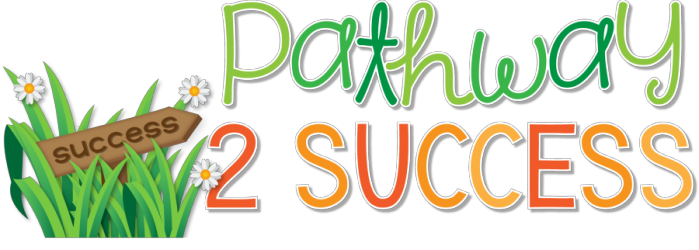As kids get older, organization becomes ever more important! While it is a critical skill for all ages, kids and young adults are often just learning to develop and strengthen their skills as more responsibilities are added on in their lives. When you think about it, kids and young adults can have a lot to […]
Interventions for Executive Functioning Challenges: Planning
Planning is a critical executive functioning skill that helps kids and young adults achieve success in and outside of the classroom. Executive functioning skills are the complex mental processes that work together to help us accomplish tasks and goals. When learners struggle with these skills, daily life activities can become particularly challenging. While all executive […]
Practicing Executive Functioning Skills with Play Activities
Executive functioning skills are important for learners at all ages. Sometimes people hear the term and assume it’s only for older kids, but I’m here to dispel that myth! Even our youngest of learners should learn and practice stills for paying attention, using self-control, getting organized, using flexible thinking, and more. Simply put, improved executive […]
5 Daily Struggles for Kids with Executive Functioning Challenges
A number of kids struggle with executive functioning skills on a daily basis. Sometimes these struggles are obvious, like having a messy binder or forgetting to turn homework in, but other times they are more hidden. This is a critical topic because all educators have these kids in our classrooms every single day. Here are […]
100+ Free Social Emotional Learning Resources
Social and emotional learning, often known as SEL, is the process that helps kids learn critical skills, attitudes, and mindsets for social and emotional success. These skills cover five major areas: self-awareness, self-management, social awareness, relationships, and responsible decision-making. It’s actually difficult to describe in just one sentence because SEL covers everything from building confidence […]
Games to Improve Executive Functioning Skills
Kids and young adults need extensive practice in strengthening their executive functioning skills. Executive functions are the processes in our brains that help us accomplish all tasks from beginning to end. We use them when we plan our day, organize our materials, begin a chore, focus on important information, use our time wisely, and work […]
Using Task Cards to Teach Executive Functioning
Executive functioning skills are in everything that we do. They include our ability to have self-control, develop a plan, manage our time, begin an assignment, remember important information, and persevere through a challenging task. Executive functioning skills are definitely academic skills, but they are also life skills. Kids and young adults need plenty of practice […]
Using Sticky Notes to Teach Reading Strategies
All grade and age levels need to concretely learn and practice active reading strategies. Just because reading comprehension strategies are more explicitly taught and focused on in primary grades doesn’t mean that middle and high school level teachers shouldn’t be teaching and reinforcing, too! Actually, as the content gets harder (around 5th to 7th grade) […]
How to Progress Monitor Goals and Objectives
As a special education teacher, I work to stay on top of my progress monitoring for the kids on my caseload. Between juggling IEP meetings, parent phone calls and emails, collaborating with regular education staff, prepping, and teaching my daily lessons, it gets challenging. This problem is even more difficult at the middle and high […]
9 Tips for Motivating Unmotivated Kids
Many kids and young adults struggle with motivation. These are the kids who are slow to start classwork, often don’t turn in homework, and may even seem to refuse to attempt any assignment they view as a challenge. It can be extremely frustrating, especially because these students are often bright and capable in their own […]













